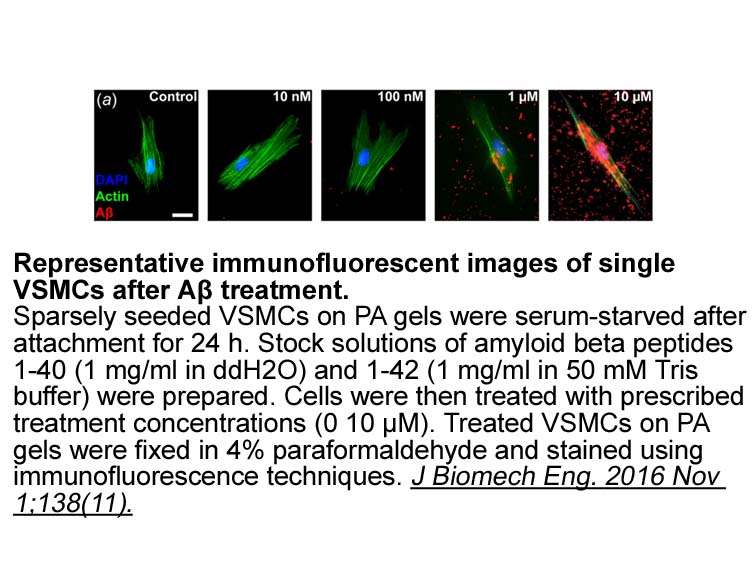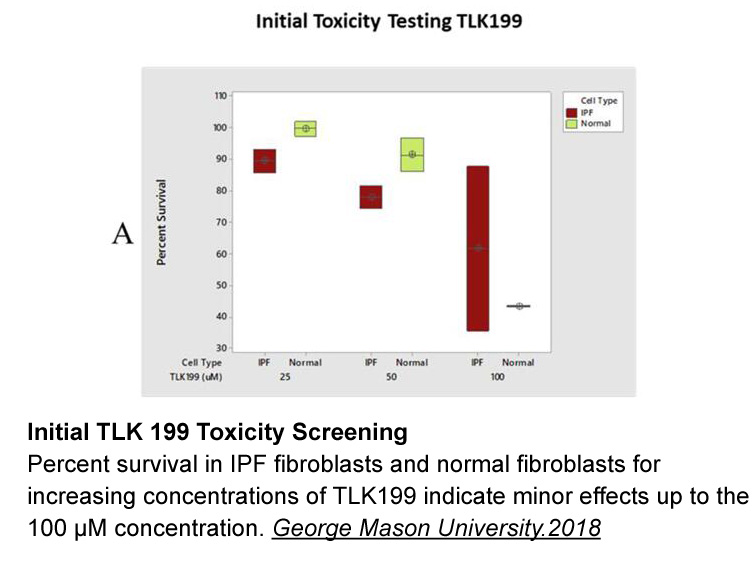Archives
- 2025-11
- 2025-10
- 2025-09
- 2025-03
- 2025-02
- 2025-01
- 2024-12
- 2024-11
- 2024-10
- 2024-09
- 2024-08
- 2024-07
- 2024-06
- 2024-05
- 2024-04
- 2024-03
- 2024-02
- 2024-01
- 2023-12
- 2023-11
- 2023-10
- 2023-09
- 2023-08
- 2023-07
- 2023-06
- 2023-05
- 2023-04
- 2023-03
- 2023-02
- 2023-01
- 2022-12
- 2022-11
- 2022-10
- 2022-09
- 2022-08
- 2022-07
- 2022-06
- 2022-05
- 2022-04
- 2022-03
- 2022-02
- 2022-01
- 2021-12
- 2021-11
- 2021-10
- 2021-09
- 2021-08
- 2021-07
- 2021-06
- 2021-05
- 2021-04
- 2021-03
- 2021-02
- 2021-01
- 2020-12
- 2020-11
- 2020-10
- 2020-09
- 2020-08
- 2020-07
- 2020-06
- 2020-05
- 2020-04
- 2020-03
- 2020-02
- 2020-01
- 2019-12
- 2019-11
- 2019-10
- 2019-09
- 2019-08
- 2019-07
- 2019-06
- 2019-05
- 2019-04
- 2018-07
-
shows the complexes resulting from interaction of the
2025-01-02

shows the complexes resulting from interaction of the proposed anion receptors with the anions F, Cl, NO, and SO. No imaginary frequency was observed for the optimized complexes indicating the complexes are in potential minima and they are not transition state structures. summarizes the calculated
-
We further evaluated the possibility whether letrozole
2025-01-02

We further evaluated the possibility whether letrozole mediates its effect through diverting the pathway towards 5α-DHT and further to 3α-Diol. For this purpose, we measured the concentrations of 5α-DHT and 3α-Diol in mice hippocampus and found that letrozole elevated both 5α-DHT and 3α-Diol levels
-
br Introduction Active oxygen radicals
2025-01-02

Introduction Active oxygen radicals in the human body have a strong effect of inducing lipid peroxidation, which in turn induces oxidative imbalance and causes various diseases. Natural polysaccharides are substances with certain antioxidant activity. They are used as antioxidants and have advant
-
Compounds and with potent ALR inhibitory activity were also
2025-01-02

Compounds , and with potent ALR2 inhibitory activity were also tested for their inhibition ability against ALR1, as shown in . They all showed low activity with inhibition percentages no more than 45% at the concentration of 10μM, demonstrating good selectivity for ALR2. To evaluate the antioxida
-
This study revealed that EAAT expression was increased
2024-12-31

This study revealed that EAAT2 Vialinin A was increased 4–8 weeks after cauterization as our previous work (Park et al., 2009). RGC death could not be blocked despite activation of EAAT2, which is one of glutamate transporters in cone photoreceptors and some bipolar cells, in chronic ocular hyperten
-
The macrophage is the major cell type
2024-12-31

The macrophage is the major cell type responsible for cholesterol uptake and metabolism associated with the initiation and progression of atherosclerosis in focal areas of the arterial subendothelial space. In advanced atherosclerotic lesions of cardiovascular disease, cholesterol-induced macrophage
-
G has been shown to
2024-12-31

Gβγ has been shown to participate in various MT-dependent processes such as cell growth and differentiation [15,[21], [22], [23], [24], [25], [26]]. G-protein β-subunit anti-sense oligonucleotides have been shown to inhibit cell proliferation and cause disorganization of the mitotic spindle in mamma
-
In the current study adiponectin receptors
2024-12-31

In the current study, adiponectin receptors expressions were detected in both cell lines. AdipoR2 showed equal expression levels, whereas AdipoR1 possessed different expression levels in both cell lines. There was a significant increase in the AdipoR1 mRNA levels in cell lines according to AdipoR2 m
-
MAZ51 In addition to the above mentioned synaptic
2024-12-31

In addition to the above-mentioned synaptic mechanisms, the serotonergic system also has a critical role in the antidepressant effects of mGlu2/3 receptor antagonists. Indeed, we previously reported that mGlu2/3 receptor antagonists increased the firing rate of serotonin neurons in the dorsal raphe
-
We have expressed the ECDs of
2024-12-31

We have expressed the ECDs of the human α1, β1, γ and ɛ AChR subunits in the past using the methylotropic yeast Pichia pastoris as soluble glycosylated proteins [15], [16]. Further work with the γ subunit ECD revealed a marked improvement of the solubility and yield following the mutation of hydroph
-
In this report the natural
2024-12-31

In this report, the natural compound deguelin potently and dose-dependently suppressed Aurora B kinase activity in vitro, indicating that this compound is an effective Aurora B inhibitor. The docking study indicated that deguelin was docked into the ATP-binding pocket of Aurora B and formed hydropho
-
Recently competitive inhibitors of arginase have
2024-12-31

Recently, competitive inhibitors of arginase have been developed which have greater specificity for the enzyme. Initial development of these compounds involved determination of the crystal structure of arginase. Christianson and colleagues found that a binuclear manganese cluster was required for ca
-
br The role of apelin in respiratory diseases At present
2024-12-30

The role of apelin in respiratory diseases At present, several scientific studies have suggested that the apelin/APJ system may play an important role in the development of pulmonary diseases (Table 4). For example, in an experiment on rats suffering from acute lung injury, apelin-13 decreases th
-
Virus concentration kit br Materials and methods br Results
2024-12-30

Materials and methods Results and discussion Conclusions Acknowledgements Introduction Infections in children aged 0–21 years who reside in long-term care (LTC) facilities are common due to underlying complex medical conditions, use of invasive devices such as urinary catheters and ve
-
LB-100 Atypically BcALDH has a minor
2024-12-30

Atypically, BcALDH has a minor reducing activity for all-trans-retinal, which requires the binding of the reduced form of the NADP+ (NADPH) cofactor that is a side-product of the canonical oxidation activity of BcALDH. The reduction activity that converts all-trans-retinal to all-trans-retinol was r
16149 records 33/1077 page Previous Next First page 上5页 3132333435 下5页 Last page